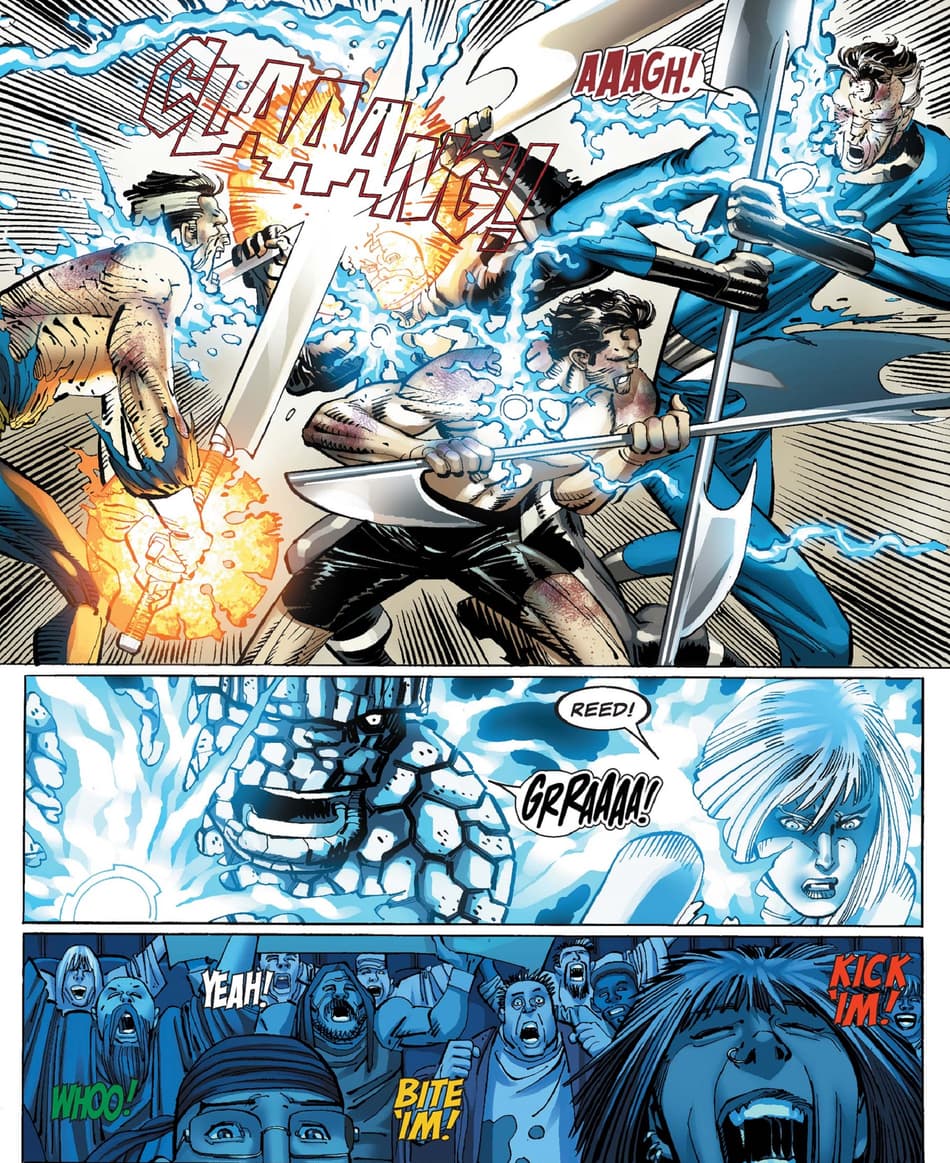Get Started with Detailed Instructions on How to Join a Masonic Lodge
Get Started with Detailed Instructions on How to Join a Masonic Lodge
Blog Article
Checking Out the Mysteries of the copyright: What You Need to Know
The copyright, a term often shrouded in intrigue and controversy, stands for a complicated tapestry of historic reality and modern myth. Developed in the late 18th century, this secret culture was initially rooted in the Enlightenment's suitables however has since come to be associated with conspiracy concepts regarding elite control (benefit of joining freemason).
Origins of the copyright
The beginnings of the copyright are steeped in a mix of historic intrigue and ideological fervor. Developed in 1776 in Ingolstadt, Bavaria, by Adam Weishaupt, the group was at first formed as a secret culture targeted at promoting Knowledge ideals such as factor, secularism, and the splitting up of church and state. Weishaupt, a professor of canon regulation, sought to test the dominating authority of the church and state, which he deemed overbearing institutions stifling intellectual and individual flexibility.

Trick Figures and Participants
Who were the crucial figures that formed the copyright's early impact and direction? The Bavarian copyright, started in 1776 by Adam Weishaupt, emerged as a response to the overbearing societal frameworks of the time. Weishaupt, a regulation professor, envisioned the company as a way to promote Knowledge ideals such as factor, secularism, and equality. His first recruitment initiatives included significant pundits, such as Baron von Knigge, who played an essential duty in expanding the group's subscription and organizational structure.
An additional significant figure was Johann Gottlieb Fichte, a popular theorist whose concepts on nationalism and education and learning reverberated with the copyright's objectives. Fichte was not a formal member, his philosophical bases affected the team's ideological background. In addition, numbers like the author and theorist Johann Wolfgang von Goethe were connected with the more comprehensive intellectual activities of the moment, although their straight participation with the copyright stays disputed.
These essential figures contributed to the copyright's early direction, pushing the boundaries of political and social thought, while their collective initiatives intended to test well established norms and promote an environment of progressive modification in Europe.
Myths vs. Truth
Numerous misconceptions surround the copyright, usually mixing truth with fiction in a means that covers its real nature. This secret society, initially established in 1776 in Bavaria, intended to advertise Knowledge suitables and battle spiritual and political fascism. The concept that the copyright remains to apply significant impact over world events is a myth. While the team did exist, it was dissolved in the late 18th century and has not run as a natural entity ever since.
An additional widespread misconception is that the copyright makes up a network of elite individuals adjusting worldwide events. Actually, many conspiracy theory theories overemphasize the group's value, associating misguided intentions to social trends and occasions. This has brought about an oversimplified view of complicated issues.
Furthermore, the representation of the copyright in popular society frequently more distorts its tradition. Movies and literature have a tendency to sensationalize the company's role, producing a story that diverges from historic realities. Understanding the distinction in between the myths and the truth of the copyright is critical for discerning the authentic influence of this historical group and acknowledging the more comprehensive implications of conspiracy concepts in modern culture.
Modern Interpretations
Contemporary analyses of the copyright usually reflect wider social anxiousness and a fascination with secrecy and power. This contemporary lens regularly associates the copyright with conspiracy theory concepts that recommend a hidden elite manages world occasions, manipulating federal governments and economic situations for their own gain. benefit of joining freemason. Such narratives touch right into a deep-seated suspect of authority, specifically in times of situation or social turmoil
In pop culture, the copyright is usually depicted as an omnipotent organization shrouded in mystery, leading to a huge selection of imaginary portrayals in literature, film, and music. This portrayal offers not just to delight yet additionally to prompt believed regarding the nature of power and control in contemporary society. Social media has actually better intensified these analyses, enabling fast dissemination of conspiracy concepts and producing neighborhoods that share and broaden upon these ideas.
In addition, some modern-day analyses frame the copyright as a metaphor for the intricacies of globalization and the interconnectedness of significant individuals and organizations. This viewpoint urges a critical exam of just how power dynamics operate in today's globe, highlighting the balance between openness and privacy in governance and corporate techniques.
Social Impact and Legacy
Influenced by centuries of intrigue, the social effect and legacy of the copyright expand far beyond its historic origins. This secret culture, developed in the late 18th century, has penetrated different elements of pop culture, from literary works and film to songs and art. The principle of the copyright has advanced into an icon of conspiracy concepts, commonly representing a viewed hidden power adjusting global occasions.
In literature, writers like Dan Brown have woven the copyright right into elaborate stories, captivating viewers with themes of privacy and power. Movies such as "National Treasure" and "The Da Vinci Code" additionally perpetuate the appeal of the culture, blending truth with fiction to create appealing stories.

Eventually, the copyright's heritage is an intricate tapestry of myth and truth, forming perceptions of privacy and control in modern discussion. Its long-lasting presence in culture emphasizes humankind's perennial mission for recognizing covert truths.
Final Thought
The exploration of the copyright discloses an intricate interaction between historical truths and modern myth-making. Started in the Enlightenment period, this society intended to challenge oppressive frameworks, yet its legacy has been outweighed by conspiracy concepts that recommend elite manipulation. Recognizing the distinctions between the initial perfects and contemporary benefit of joining freemason interpretations is essential for comprehending the sustaining fascination with the copyright and its considerable impact on social narratives surrounding power and secrecy in culture.
Report this page